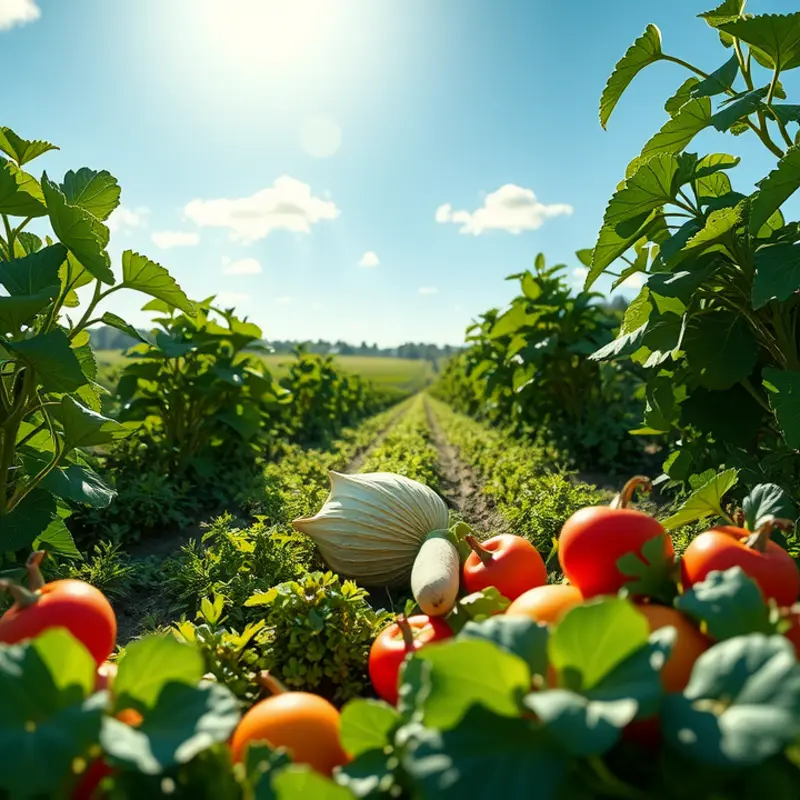Seasoning cast iron pans is an essential skill for any home cook looking to elevate their culinary experience. Properly seasoned pans not only enhance flavor but also create a natural non-stick surface, making cooking and cleaning a breeze. Whether you’re new to cooking or a seasoned pro, learning easy seasoning techniques can transform your cast iron cookware into a kitchen essential you can rely on for years to come.
The Basics of Seasoning Cast Iron

Seasoning is a critical element in the mastery of cast iron cookware. This process creates a protective layer on your pan, preventing rust and enhancing its cooking capabilities. When we talk about seasoning, we mean the application of oil to cast iron, which is then heated to a point where it transforms into a slick, polymerized layer.
The science behind seasoning is quite fascinating. When you apply oil to a cast iron surface and heat it, the oil goes through a transformation called polymerization. During this process, the fat molecules bond with the iron molecules, forming a hard protective matrix. This layer is unique to cast iron cookware, providing a natural non-stick surface that improves with each use.
A well-seasoned pan offers multiple benefits. Primarily, it serves as a barrier against moisture, which is cast iron’s worst enemy. Without this protective coating, water can react with the iron, leading to rust. Seasoning also provides a surface that is increasingly resistant to sticking, making it a favorite among seasoned chefs and cookware enthusiasts alike.
To embark on the seasoning journey, start by selecting an oil with a high smoke point, such as flaxseed or canola oil. Apply a thin coat over the entire surface of the cookware, including the handle and exterior. It’s crucial to remove any excess oil, as too much can create a sticky residue.
Preheat your oven to around 450°F (232°C) and place your oiled cookware upside down on the middle rack. Position a baking sheet on the lower rack to catch any drips. Heating the pan for about an hour allows the oil to bond with the iron, creating that desired non-stick surface. After heating, let the pan cool completely in the oven.
Seasoning should be an ongoing process. Each time you cook with your cast iron pan, especially when frying or sautéing, you’re enhancing this layer of seasoning. If you ever notice foods starting to stick or if your pan loses its sheen, simply repeat the seasoning process.
The benefits of maintaining a well-seasoned cast iron pan extend beyond cooking. There’s a sense of history and permanence to these utensils. A properly cared-for pan can last for generations, offering the delights of rich flavor and provides a naturally non-stick surface. For more tips on enhancing flavor without additional salt, explore alternative flavor boosters.
By understanding and implementing the basics of seasoning, you protect and enhance your cookware’s performance, making it a valuable tool in any kitchen.
Step-by-Step Seasoning Methods

To achieve the perfect seasoning for your cast iron pan, follow these simple but effective steps. Proper seasoning not only extends the life of your cookware but also creates a robust non-stick surface essential for flavorful culinary achievements.
Start by thoroughly cleaning your cast iron pan. Use warm water and a mild dish soap to remove any residual factory wax or cooking debris. Avoid soaking the pan, as prolonged exposure to water can lead to rust formation. Instead, use a gentle brush or sponge to ensure every crevice is clean.
Once cleaned, dry the pan thoroughly with a lint-free cloth or paper towel. Ensuring it is completely dry is crucial. Even a small amount of moisture can impede the seasoning process. A good tip is to place the pan on a stovetop over low heat for a few minutes to evaporate remaining moisture.
Choose your oil wisely for seasoning. Opt for oils with high smoke points, such as flaxseed, canola, or vegetable oil. These oils polymerize more effectively, creating a durable coating. Avoid low smoke point oils, which might leave a sticky residue.
Pour a small amount of oil onto the surface—just enough to coat it thinly. Using a clean cloth or paper towel, spread the oil evenly across the entire pan, including the outside and handle. Remove any excess oil to prevent pooling, which can lead to uneven seasoning.
Preheat your oven to 450°F (232°C). Place the oiled pan upside down on the oven’s middle rack. This position allows excess oil to drip away and prevents pooling on the cooking surface. Position a sheet of aluminum foil or a baking tray on the rack below to catch any drips.
Bake the pan for approximately one hour. This process induces the polymerization reaction, where the oil forms a hard, plastic-like coating. Once the hour is complete, turn off the oven but leave the pan inside to cool gradually. Rapid cooling could cause thermal shock, damaging your pan.
It is beneficial to repeat this seasoning process three to four times for optimal results. Each layer builds upon the last, enhancing the non-stick properties and durability of your cookware.
For maintenance, clean your pan after each use with minimal soap, if needed, and a soft brush. Avoid harsh detergents or scrubbing pads, which can strip the seasoning. Re-apply a thin layer of oil after each wash to preserve the coating.
For more insights on maintaining kitchen staples, explore tips on eco-smart kitchen storage. Practicing these techniques ensures not only a better cooking experience but also contributes positively to how you manage and sustain your kitchen environment.
By mastering these steps, you will harness the enduring qualities of cast iron, ensuring it remains a trusted ally in your culinary pursuits for years to come.
Final words
By incorporating these straightforward methods of seasoning your cast iron pans into your routine, you empower yourself to cook with confidence. A well-seasoned cast iron pan not only enhances flavors and improves your cooking but also fosters healthier meals with less sticking and easier cleanup. Start today by choosing a method that best fits your lifestyle, and enjoy the delicious results that come from using properly seasoned cast iron cookware. With a little patience and care, you can ensure a fantastic cooking experience for years to come.







